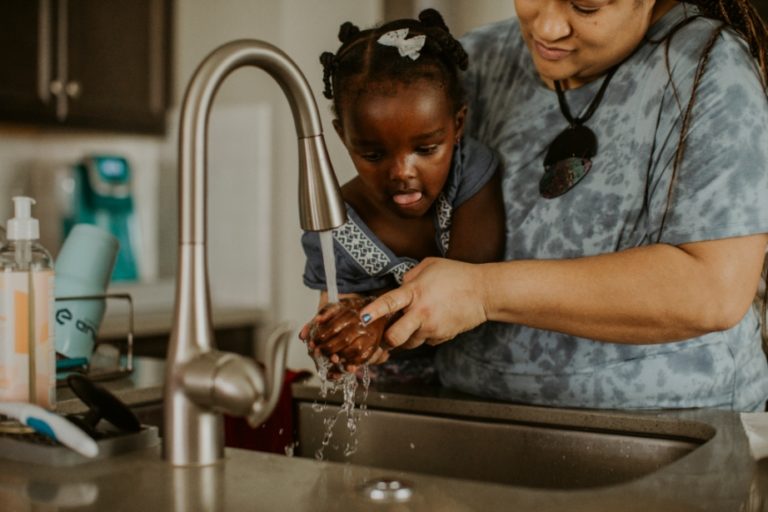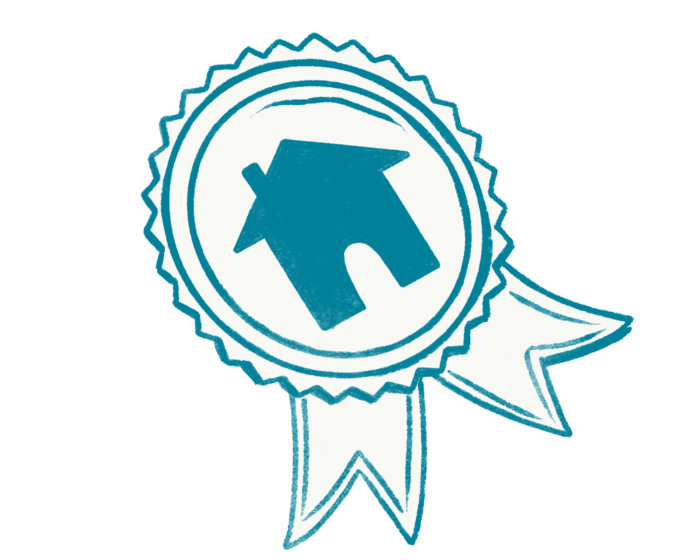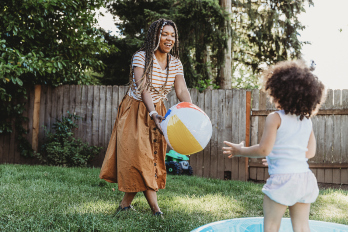When it comes to your home, water is a balancing act.
Running water in your home is a necessity for obvious reasons. Along with staying hydrated, you have to (or at least, probably should) shower, clean your clothes and dishes, and cook. But uncontrolled water can lead to serious and costly damage.
As a homeowner, you play an important role in making sure everything flows smoothly (heh heh — see what we did there?) so it helps to understand a thing or two about your plumbing system.
The gist of your plumbing system is simple: Freshwater comes in, wastewater goes out. The main thing to keep in mind is that your plumbing is full of water, much of it pressurized, and even a small leak can wreak havoc.
Water flowing into your home
Water is pumped into your home through the main water line, a copper or plastic pipe typically located in the basement or utility closet.
If your home has municipal water, rather than a well, the main line will have a water meter to measure how much water flows into your home. The meter may be outside of a home in a pit between the house and the street.
Your main water line may also have a pressure valve that lets you control the water pressure flowing to your fixtures. This is usually located right near the meter and the main shut-off.
Where the main water line comes into your house, you’ll also find your water shut-off valve. This does exactly what it sounds like: When you twist the valve into the off position, it shuts the water off for your whole house. This is one of the most important components of your plumbing system: If you have a leak, you’ll want to be able to shut all your water off before it gets out of hand.
Water flowing through your home
After water enters your home, it flows through both cold and hot water supply pipes. Hot water pipes are connected to your hot water heater. Most hot water heaters have large water storage tanks where the water heats up, though on-demand tankless heaters are becoming more common. Your hot water heater is likely located in your basement or utility closet, and it will also have a shut-off valve, a pressure valve, and a temperature control.
Supply pipes run through walls, floors, and ceilings, bringing water to fixtures and appliances, such as toilets, sinks, washing machines, and dishwashers. Fixtures have their own individual shut-off valves to stop water from flowing to them without stopping the entire system. With your toilet or sink, the shut-off is located beneath the fixture. Most likely, the shut-off for your tub and shower is hidden in the wall or behind an access panel.
Water flowing out of your home
Dirty water exits fixtures and appliances down the drain where it passes through the
P-trap (sometimes just called the “trap”). The P-trap is a section of pipe that is shaped like a “U” or a “P” turned horizontal. The P-trap allows wastewater to pass through, but it keeps enough water in the bend to stop sewer gasses from passing back into your home and making the place a little smelly.
After passing through the P-trap, wastewater continues through horizontal pipes to a large vertical pipe called the soil stack. The soil stack carries wastewater to the bottom-most pipe in your home, called the house drain, and allows sewer gas to vent out. The house drain carries all wastewater out of your home.
Your house drain has cleanouts on it to provide access to clear major clogs. There’s typically a cleanout where your house drain leaves your home and at roughly every 100 feet of horizontal pipe. The cleanouts found in basements are usually Y-shaped sections of pipe. Outside your home, they’re usually a pipe with a cap that sticks out of your yard. Most likely, only a plumber will handle these pipes, but it’s good to know where to find them.
The plumbing takeaway
You don’t need to memorize the name of every individual part of your plumbing system. The most important thing to know about is the main shut-off. Hot water heaters require maintenance, so you may want to get familiar with that, too.
As a homeowner, your main job is to keep an eye out for signs of water leaks. These signs include drips, water stains, rot, and mold.
Plumbing maintenance is an especially important task on your seasonal home maintenance checklist if you live in a colder climate where frozen pipes are a risk or in one that has wet seasons.
Either way, just go with the flow, and stay dry!
For more home maintenance basics, check out these posts:
- Patching, sanding, painting, and other handy homeowner skills you can master.
- Fixing up the place? How to update your kitchen on a budget.




